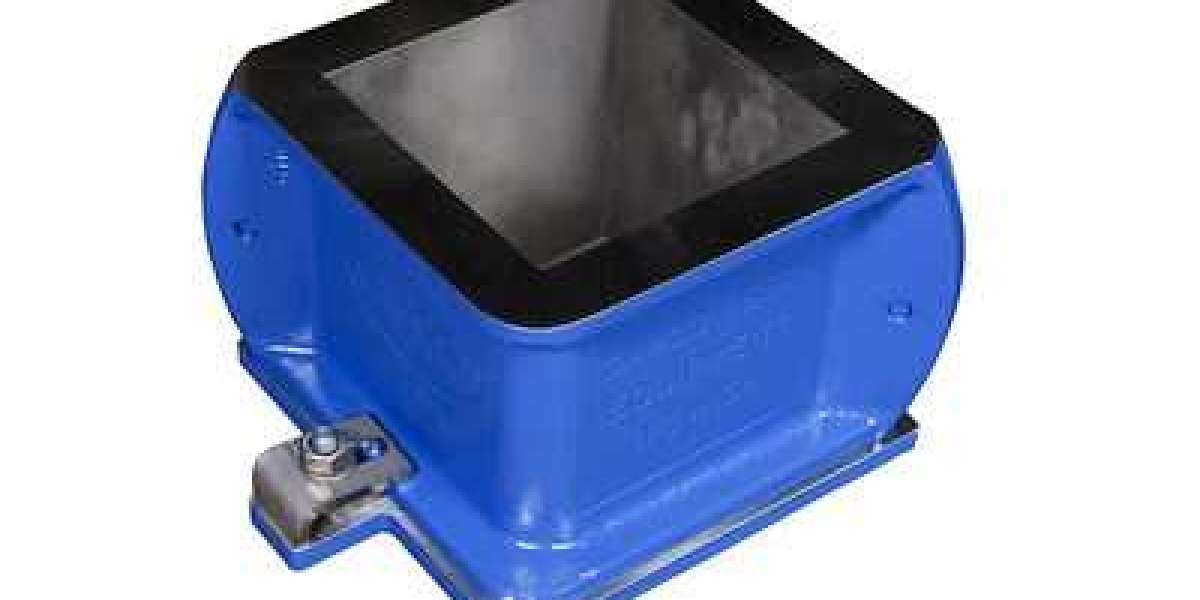Concrete cube testing is a cornerstone in the construction industry, serving as a litmus test for the strength and durability of concrete structures. Understanding how to interpret the results of these tests is paramount for ensuring the longevity and reliability of construction projects. In this blog, we'll delve into the intricacies of interpreting concrete cube test results, shedding light on how these results are crucial in gauging the strength and durability of concrete.
- The Purpose ofConcrete Cube Testing
Before diving into result interpretation, it's essential to grasp the purpose of concrete cube testing. This process involves casting and curing concrete cubes under controlled conditions, followed by subjecting them to compressive strength tests. The results obtained provide valuable insights into the concrete's performance under load.
- Compressive Strength: The Key Metric
Compressive strength is the primary metric derived from concrete cube testing. It measures the maximum amount of compressive load a concrete cube can withstand before failure. The results are typically presented in megapascals (MPa) and serve as a key indicator of the concrete's structural integrity.
- Understanding Test Results
Concrete cube test results are usually expressed in terms of the average compressive strength of a set of cubes. For example, if a set of cubes yields results of 25 MPa, 28 MPa, and 30 MPa, the average compressive strength would be calculated as (25 + 28 + 30) / 3 = 27.67 MPa.
- Specified vs. Actual Strength
Construction projects often have specified strength requirements based on structural design and safety standards. Interpreting concrete cube test results involves comparing the actual compressive strength with the specified strength. If the actual strength meets or exceeds the specified strength, it indicates that the concrete mix is suitable for its intended purpose.
- Factors Affecting Compressive Strength
Understanding the factors that influence compressive strength is crucial in interpreting test results. Variables such as the water-cement ratio, curing conditions, mix proportions, and the quality of materials used can impact the concrete's strength. Analyzing these factors helps in identifying potential areas for improvement in future concrete mixes.
- Durability Aspects inConcrete Cube Testing
While compressive strength is a vital metric, durability is equally important. Concrete cube test results may also provide insights into the resistance of concrete to environmental factors, such as freeze-thaw cycles, chemical exposure, and abrasion. This information is crucial for assessing the long-term performance and sustainability of the concrete.
- Statistical Analysis for Reliability
In large construction projects, statistical analysis of concrete cube test results adds another layer of reliability. This involves assessing the variability in test results and ensuring that the concrete mix consistently meets or exceeds the specified strength requirements. Statistical tools enhance the accuracy of result interpretation.
- Interpretation Challenges and Solutions
Interpreting concrete cube test results may present challenges, especially when faced with variations in strength values. These challenges could stem from material inconsistencies, testing procedures, or environmental factors. A careful examination of the testing process and identifying potential sources of variation can lead to more accurate interpretation.
- Correlation with In-Situ Concrete Performance
Concrete cube test results provide a snapshot of the material's performance under controlled laboratory conditions. Correlating these results with the actual in-situ performance of concrete in the construction project enhances the reliability of interpretations. Field observations help validate the laboratory findings.
- Continuous Improvement in Concrete Mix Design
Concrete cube testing is not just a quality control measure; it's also a tool for continuous improvement. Interpreting test results allows engineers and concrete technologists to refine mix designs, adjust proportions, and implement changes that enhance the overall quality and performance of concrete in construction projects.
In conclusion, interpreting concrete cube test results is an intricate process that goes beyond a mere numerical analysis. It involves understanding the interplay of various factors, considering durability aspects, and aiming for continuous improvement. As construction projects evolve, so too does the significance of concrete cube testing in ensuring the strength and durability of the structures that shape our built environment.








